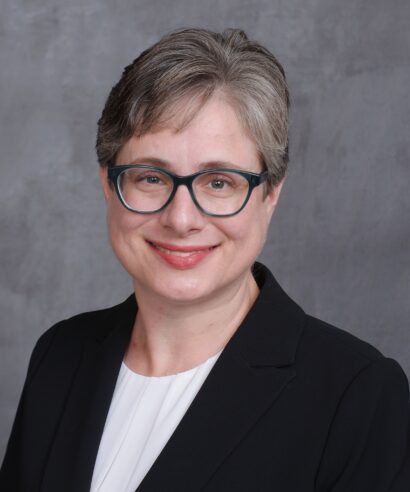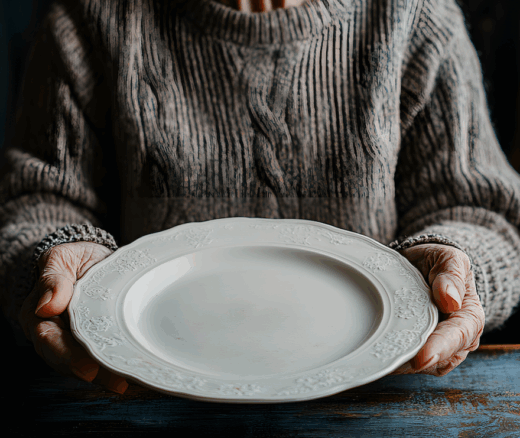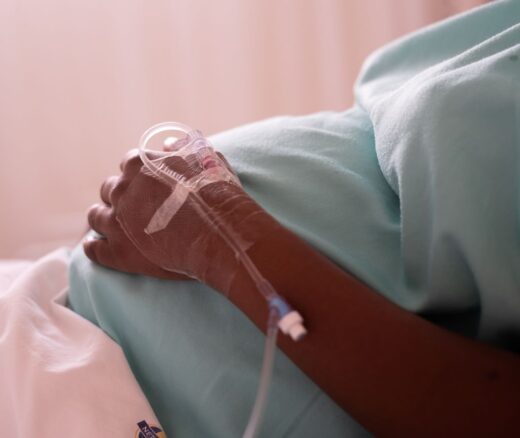
A Bold Plan to Fix Medicaid
Democrats Must Go Beyond Reversing Trump-Era Cuts With a New Strategy to Streamline Coverage, Reduce Waste, and Expand Access to Medicaid
In Their Own Words

The following excerpt is from an op-ed that first appeared in STAT News on January 11th, 2024.
My daughter Katie was born with severe disabilities. She went on to develop profound autism, attention deficit disorder, and obsessive-compulsive disorder. The hardest part for her is knowing that she’s different but not understanding how or why. My career as a health care manager and now a researcher has been derailed and fragmented because I have a profoundly disabled daughter who has undergone so many treatments and required special schools.
Still, she has grown up. At 21, she now has health insurance and stable income through Medicaid and Social Security. She is fortunate to live in 24/7/365 state-supervised residential housing. The abrupt transition from school-age support to limited adult services is aptly termed “the cliff.” I often wonder: What will happen to my daughter when I am too old to advocate for her?
The good news for both of us is that as of late September, the National Institutes of Health recognizes people with disabilities as a minority population that experiences health disparities. Other recognized health disparities groups include racial and ethnic minorities, people with low socioeconomic status, rural underserved communities, and sexual and gender minorities. This new designation will eventually bring new research-based, systemwide interventions, leading to improved health outcomes.
Twenty-seven percent of the U.S. population lives with a disability, and nearly half of those say they are in bad health. Those with disabilities face a greater incidence of physical and mental ailments, including obesity, diabetes, cardiovascular disease, addiction, and mental illness, as well as increased rates of morbidity and mortality. They struggle to access high-quality medical care and suffer from stigma, biases, and ableism. People with disabilities are also subject to social disadvantage and marginalization.
Read the entire op-ed here.


Democrats Must Go Beyond Reversing Trump-Era Cuts With a New Strategy to Streamline Coverage, Reduce Waste, and Expand Access to Medicaid

Food-Insecure Cancer Survivors Live Shorter Lives, Especially if They Can’t Use Federal Programs Like SNAP

Memo: Delivered to the U.S. Food and Drug Administration (FDA)

A Crisis in Maternal Care is Unfolding—and it’s Hitting Rural and Urban Communities Alike

Stable Payments Improved Margins But Not Liquidity, New LDI Analysis Finds

LDI Senior Fellow Cited for “Significant Contributions” in Research